Secrets of growing Indian onions - poultry farm
In the middle of the last century, German scientists brought to Russia a perennial plant belonging to the lily family - the tailed birdhouse, which is often called the Indian onion. Domestic breeders, studying it, discovered many useful properties and distributed valuable bulbs among friends and acquaintances. Gradually, the exotic plant gained immense popularity and settled on the windowsill of most flower growers. The cultivation of Indian onions requires some care as they are extremely poisonous. If juice gets on your skin while caring for it, you can burn yourself.
Flower description
The tailed birdhouse is a nondescript plant that looks like an ordinary onion. It has long, flat, narrow leaves that are unable to keep upright. They curl slightly downward, so props are often needed when growing in a pot.
A distinctive feature of Indian onions is that the edges of its leaves are often wrapped in a tube and begin to dry out a little. Such signs do not mean that the plant is sick or lacks moisture. This is his natural state, in which the flower feels great.
If you separate the leaf, a transparent burning juice is instantly released at the cut site, which causes irritation on human skin.
The bulb of the caudate birdhouse is pale green in color, covered with transparent scales that resemble a film. In an adult plant, it reaches 7-8 cm in diameter.
Advice
The concentration of poison in the bulb is very high, therefore, when working with it, it is advisable to wear rubber gloves. From the crushed bulbs, tinctures are made for external use, which are valued in folk medicine.
The plant blooms with white small unsightly flowers, collected in a spike inflorescence. Arrows with buds appear in mid-fall in the second or third year after the onion is planted. The length of the arrow reaches from 50 cm to one meter. Flowers bloom on it in turn, in the place of which, over time, boxes filled with black seeds ripen.
Reproduction
The tailed poultry farm reproduces by children. At a certain time, small bulbs appear around an adult bulb under a transparent film. They grow quickly, detach from the mother plant and release their own roots.
To plant an Indian onion, children do not need to root it right away. They must be collected, sprinkled with peat and stored in a cloth bag in a dry place with good ventilation. In such conditions, the bulbs remain viable for 2 years. If desired, they can be sent by mail.
Some growers prefer to propagate Indian onions with black seed from bolls. This method is unattractive because it requires artificial pollination and a longer cultivation time.
Landing
To plant Indian onions, you need to properly prepare the soil. Combine in equal proportions:
- leafy soil;
- sod soil;
- sand.
The birdhouse feels good in an earthen pot. This material perfectly permeates oxygen, cleans the earth from salts, and promotes the evaporation of excess moisture.
In order for the plant to grow, small children should first be rooted in a temporary container. When they sprout, release young leaves, they need to be dug up and placed in a spacious pot.
- It is necessary to pour a layer of expanded clay on the bottom of the pot, which will prevent stagnation of moisture and rotting of the roots.
- Put the soil mixture on top, tamp it slightly, dig a small hole in the middle and pour over the ground with settled water.
- Plant a young onion in the recess, sprinkle with earth and place in a warm, sunny place.
Young onions need frequent watering. It grows rapidly in moist soil. After six months, its bulb increases to 3 cm. It is advisable to slightly raise it so that the upper part is not covered with earth. This will not harm the plant, on the contrary, it will allow it to grow faster and feel more comfortable.
Care
Florists have noticed that Indian onions are unpretentious and do not require excessive effort to grow. Despite this, he, like any other plant, needs care. Then he will delight you with a beautiful healthy look.
When the bulb reaches 3-4 cm, watering needs to be reduced. In winter, the soil should be slightly moistened as the soil dries out.
Advice
If the house is growing in a plastic pot, water it very sparingly and make sure the water does not stagnate at the roots. In plastic containers, moisture does not evaporate well. From this, the roots begin to rot and the bulb often disappears.
- Indian onions require a full supply of oxygen to the roots. This is a necessary condition for the development and growth of the plant. Therefore, it is required to loosen the top layer of soil in the pot twice a week.
- Watering with settled water also contributes to air penetration.
In summer, it is recommended to regularly spray the plant with a spray bottle. This helps to remove dust from the leaves, increases humidity and saves the onions from wilting in hot weather. Perform the procedure early in the morning so that the leaves have time to dry before the onset of heat.
In winter, onion leaves also need to be periodically cleaned of dirt. Wipe them with a damp cloth. Dust inhibits the process of photosynthesis and prevents gas exchange in the green mass.
Top dressing
The soil mixture used for cultivation contains nutrients for 2-3 months of the plant's life. Then the soil is depleted, and the flower no longer has enough minerals and organic compounds for growth. To make up for the shortage, the land should be fertilized periodically.
Top dressing is especially necessary during the period of active growth of Indian onions and during flowering. It should be produced simultaneously with soil moistening. The desired composition is easy to purchase at a flower shop. If you are not a supporter of purchased fertilizers, you can easily replace them with water infused with wood ash, or a weak solution of potassium permanganate.
In winter, the plant is dormant, so no fertilization is needed.
Outdoor cultivation
In the warm season, many gardeners try to transfer the tailed poultry farm to open ground. This is of great benefit to him. It grows rapidly, the bulb becomes more powerful.
The transplant should be done in May, when the threat of night frosts disappears. You can choose any place for the bow. An unpretentious plant will take root both in the sun and in the shade. When rooting a poultry farm, sprinkle the bulb with earth only halfway.
In the summer, a flower growing in the fresh air receives all the necessary nutrients from the soil. As a result, more babies form around the bulb.
Important!
Do not forget to water regularly in the open field, loosen the soil and spray the leaves with water in the morning.
In the fall, the poultry farm must be carefully dug up, transplanted into a pot and brought into the house. On the street, a medicinal plant can freeze in severe frost.
When is it better to transplant
A transplant is necessary in several cases.
- The bulb grows rapidly. When she becomes cramped in the pot, her growth slows down. The flower needs to pick up dishes that are larger in size.
- Sooner or later, the soil in which the onion grows becomes dense and strands into a ball. Through it, water ceases to leak normally and oxygen to the roots ceases. Then a transplant into new soil is urgently needed.
Despite the fact that the plant is poisonous, it has medicinal properties. Correctly prepared tinctures on alcohol or water perfectly heal wounds, relieve inflammation in the joints, and are used as a powerful antiseptic.
Today, Indian onions are in demand only in folk medicine, because they have not yet been included in the list of medicinal plants. This requires full-scale research and time. If you decide to use the poultry farm for treatment, be careful, careful and use proven recipes for external use.
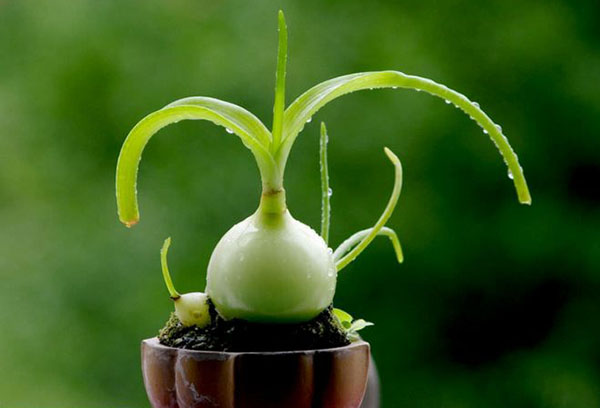
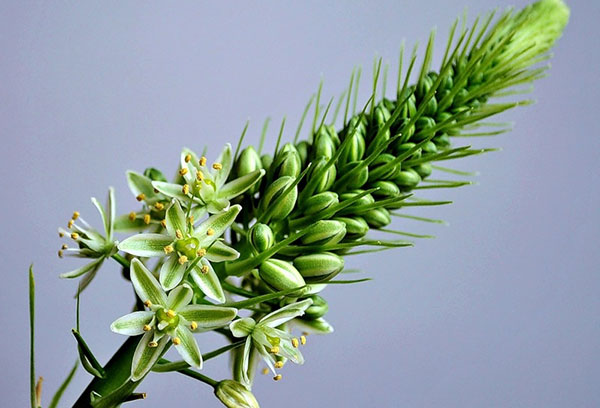
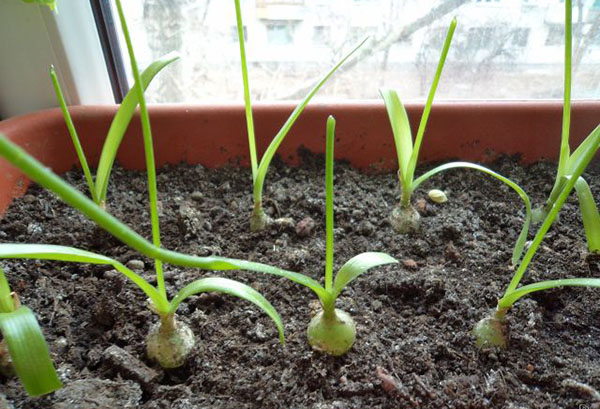
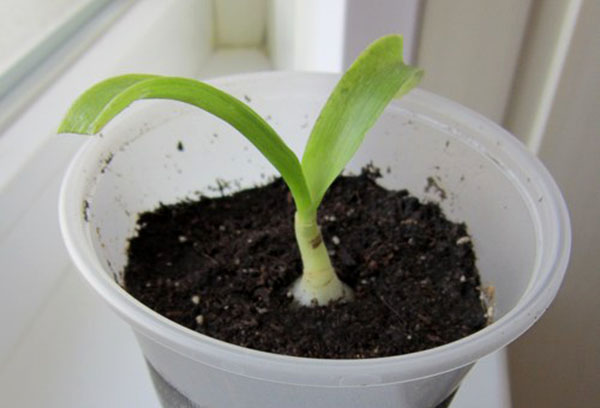
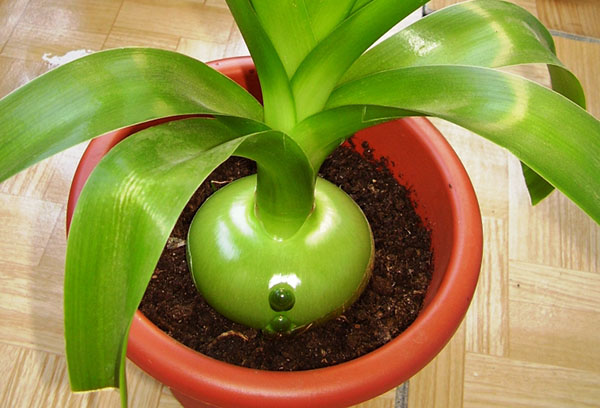
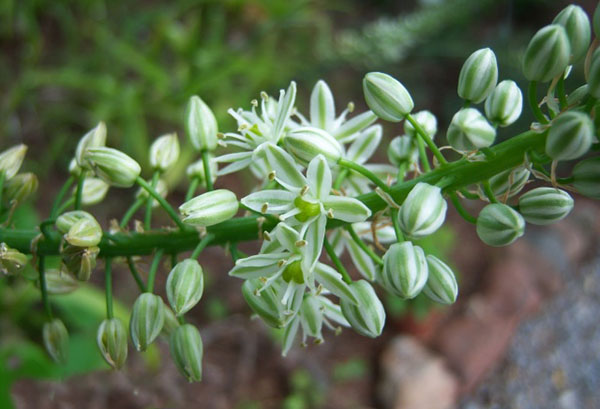
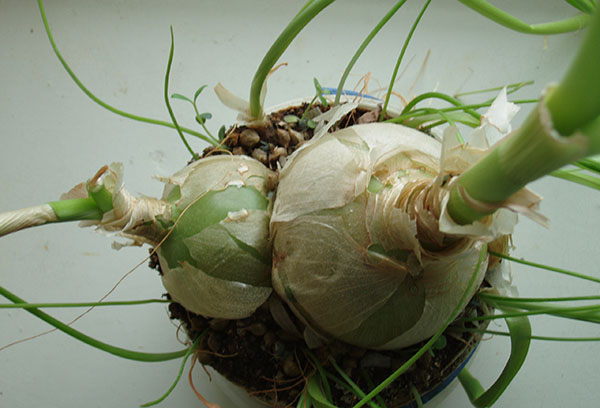
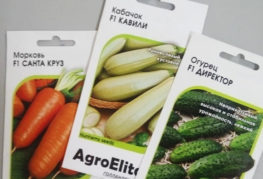

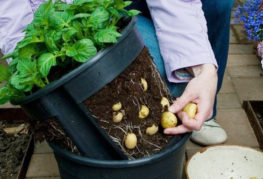
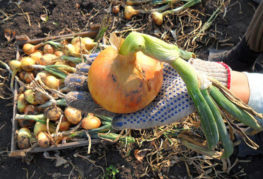
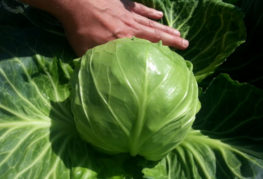
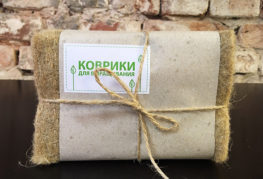
and will be published shortly.